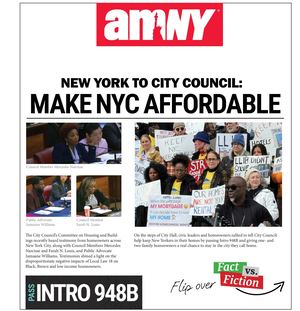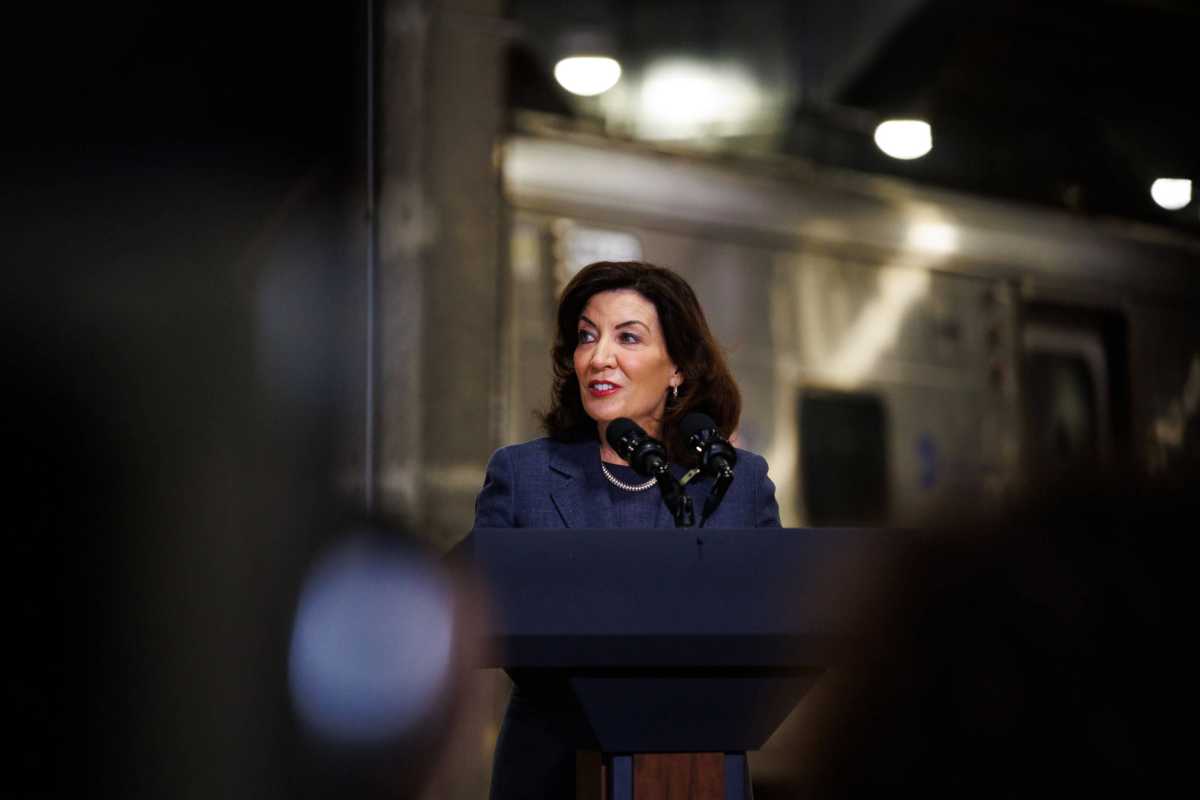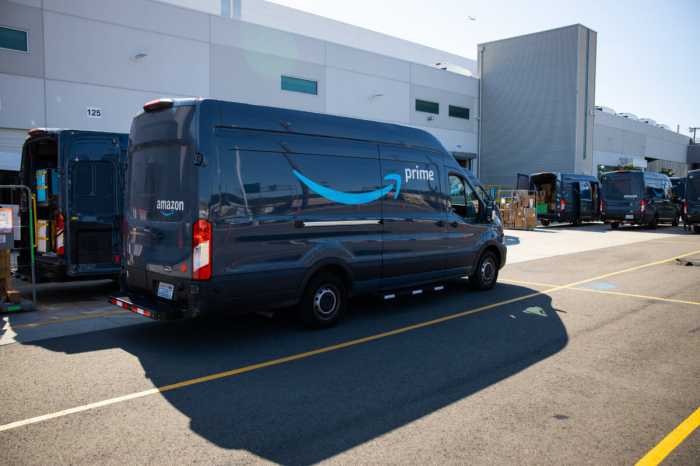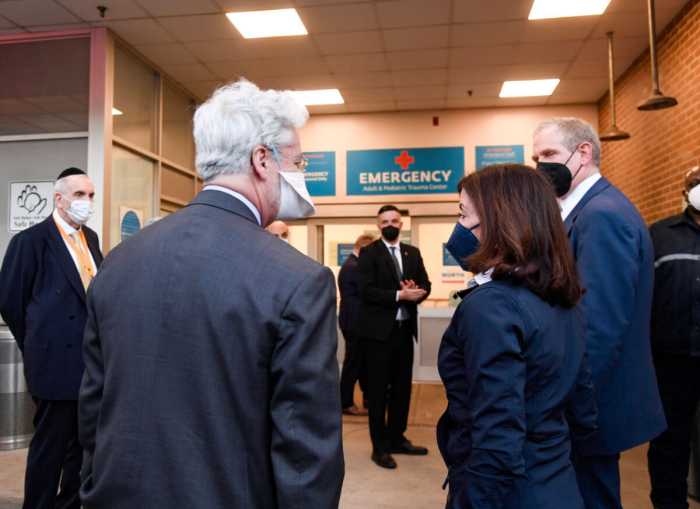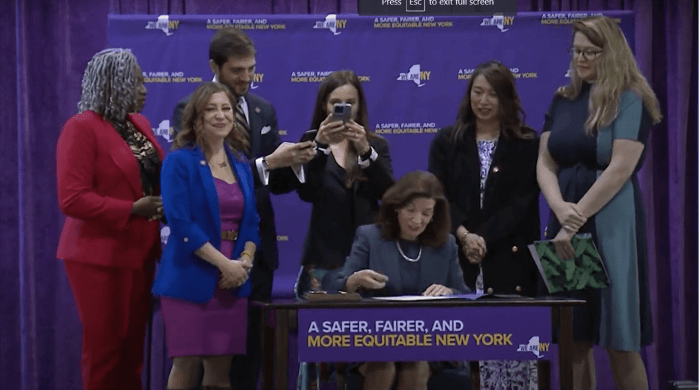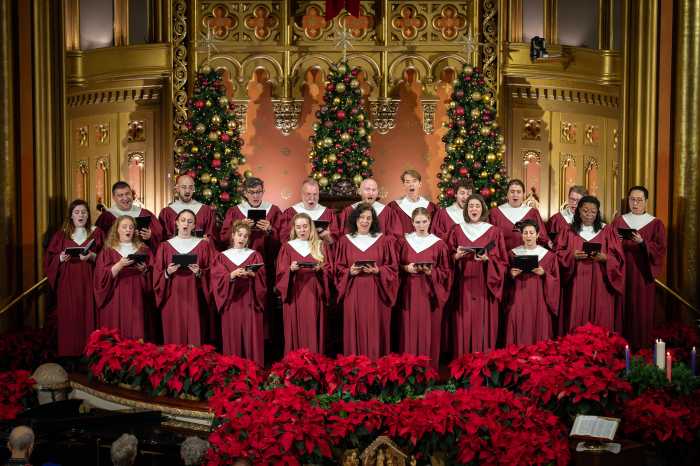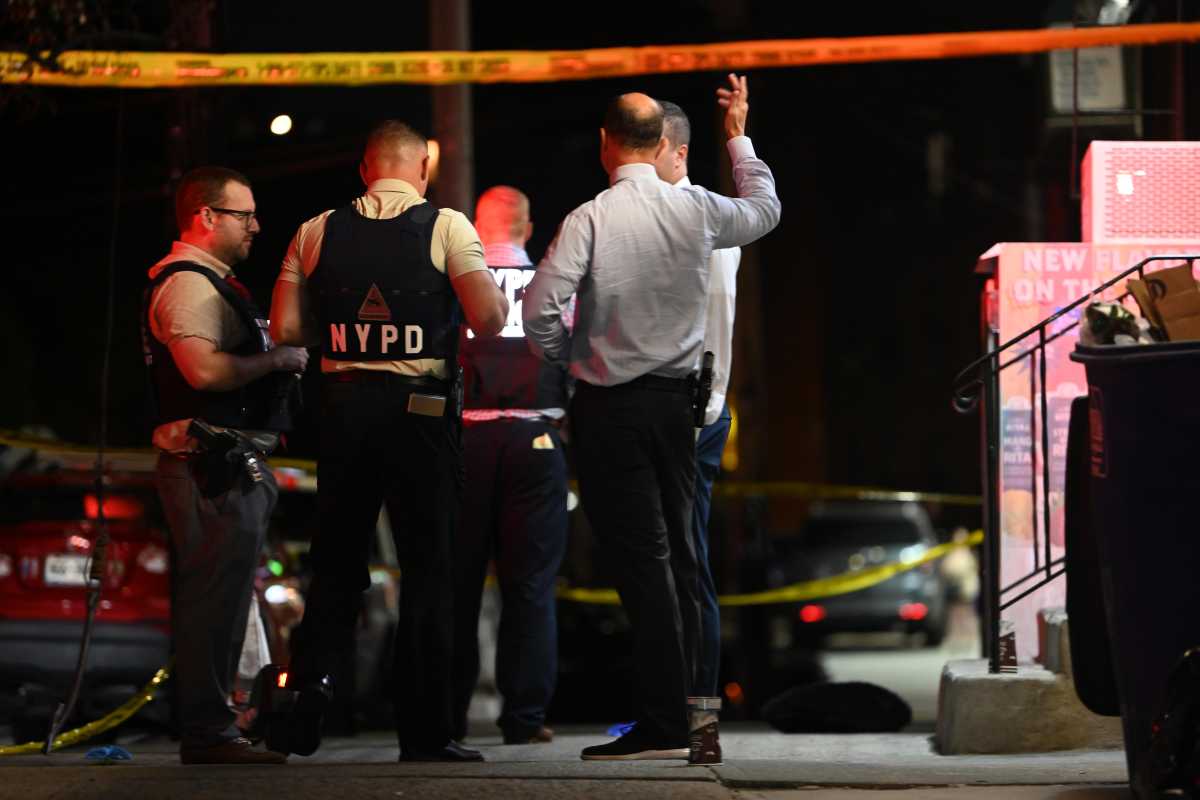Governor Kathy Hochul proposed an increase in the state’s payroll tax to funnel much-needed money to the financially-teetering Metropolitan Transportation Authority and prevent painful service cuts, she announced in her executive budget presentation Wednesday, but straphangers can still expect to pay 5.5% more to ride the subway or bus this year.
Speaking at the state Capitol in Albany, the Democratic governor called to raise the payroll mobility tax on downstate businesses in the MTA’s service region — New York City, Long Island, and the lower Hudson Valley — from 0.34% to 0.5%, which she says will generate an additional $800 million in annual revenue for the fiscally-beleaguered authority, on top of the $1.8 billion it already projected receiving this year.
The budget also calls for the city to increase its annual MTA subsidy by $500 million and a $300 million infusion of state subsidy, plus $400 million in previously identified operational cost-cutting at the MTA. In the future, the MTA would be bolstered by a share of $1.5 billion in one-time licensing fees and up to $826 million in annual tax revenue the state expects to rake in from new casinos, she said.
“For many, many New Yorkers, the MTA is the lifeblood. And if we don’t invest in that, then we will not be looked upon favorably by future generations,” Hochul said as she presented her executive budget. “So, we must continue to invest in the MTA, invest in transit, invest in railroads.”
Leadership at North America’s largest mass transit agency have been ringing alarm bells for months that the agency was dangerously close to hurdling over a “fiscal cliff” that could force painful fare hikes, service cuts, or layoffs. Ridership plummeted during the initial COVID-19 lockdown as New Yorkers were urged to stay home, battering the agency’s finances, which are disproportionately reliant on fare revenue. Short-term relief came as the federal government provisioned about $15 billion of aid to keep the trains running, and New York moving.
Even as the pandemic’s impact on daily life wanes, the MTA is still reeling from its effects: average weekday ridership on subways and buses has stagnated at around 60% of pre-pandemic levels, even as car travel has surged back to normal, with much of the MTA’s former daily customer base now working from home and sparing the agency their MetroCard swipe or OMNY tap.
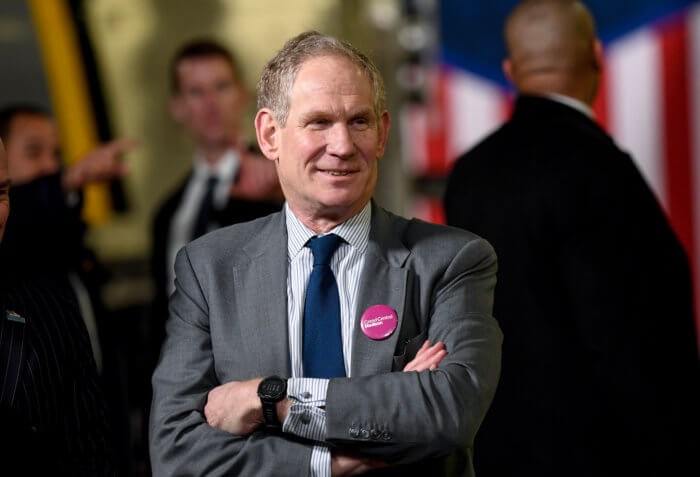
With federal COVID aid set to run dry, the MTA approved a $19.2 billion austerity budget in December that, even after accounting for a pair of 5.5% fare increases it’s set to implement this year and in 2025, plus millions in creative cost-cutting, left the agency, which is required to present a balanced budget, with a $600 million deficit this year that would grow to over $1.6 billion by 2026. MTA Chair Janno Lieber argued the hole could only be plugged with new, dedicated streams of revenue.
Lieber has lobbied the governor and state lawmakers heavily for the new revenue streams in recent months, and it appears to have paid off.
“Governor Hochul has stepped up for millions of riders using the MTA’s subways, buses, and commuter railroads, preserving the frequent and reliable service that New Yorkers depend on,” Lieber said in a statement. “This is a balanced plan — the MTA has got to be more efficient without service cuts, the City and State are contributing, and the business community would be stepping up to support essential, top tier transit services every day of the week even though their employees may be commuting less frequently.”
The authority says that with the new infusion of dough, the specter of service cuts appears to be remediated, though the agency is still set to go through with planned fare hikes, which could have subway or bus fares jump to $2.90 this year and top the dreaded $3 by 2025. Going forward, the MTA plans to raise fares on a regular schedule every other year.
Kathy Wylde, president of the Partnership for New York City, a business lobbying group, said that while the group can’t take a position before reading through the budget, businesses are inclined to support measures to improve mass transit even if it means money out of their bottom line. In fact, what could really hurt New York’s commerce is a fare hike, she argued, if it were to depress ridership even further.
“The Partnership needs to review the details of the Executive Budget before supporting any provision. What we can say is that employers depend on a high functioning transit system and would be inclined to support the proposed increase in a dedicated tax so long as it is accompanied by actions to contain future growth of the MTA operating budget,” Wylde told amNewYork Metro in an email. “Certainly it does not seem wise to close the MTA budget gap with more fare increases at a time when we are trying to encourage greater ridership.”
The $500 million hike in subsidy Hochul is requesting of the city would go towards Access-a-Ride operations and expenses related to student MetroCards. At an unrelated press conference, Mayor Eric Adams did not take a position on the proposal, telling reporters he and his staff are analyzing the books before proffering statements.
Some electeds and advocates, particularly progressives, took exception at the governor’s chosen rescue mechanism. Queens Assemblymember Zohran Mamdani, the primary sponsor of a package to “fix” the MTA by increasing service frequency and making buses free, says that the measures may put out the fire, but won’t address the structural defects keeping service subpar, and could in fact make them worse.
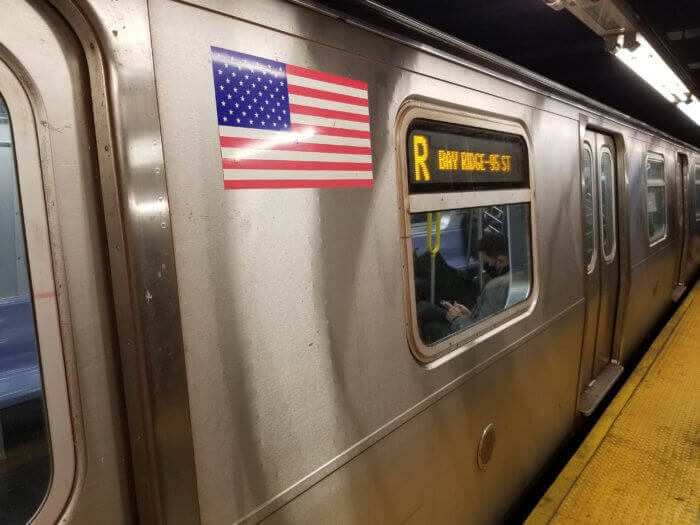
“The governor raised safety repeatedly in her remarks, yet did not address ways to increase ridership — the most effective way to make our transit system safer,” said Mamdani. “In fact, her proposal counters this goal: increasing fares will depress ridership, not make it ‘pop back.’ More reliable service would increase ridership, yet the governor ignores funding to make this a reality.”
Mamdani’s proposal instead calls for remitting revenue from the state’s internet sales tax to the MTA and to expand the agency’s ability to engage in “value capture” in real estate deals; supporters of the package say this would immediately prevent fare hikes and service cuts, and in the long-term enable more reliable service and free buses.
Straphanger advocacy group Riders Alliance, which has been helming a pressure campaign to guarantee 6-minute subway service, took a similar tack, arguing the fixes may slam the brakes before hurdling over the fiscal cliff, but ultimately won’t do riders good without service improvements.
“As the governor and legislative leaders negotiate a final budget, riders will continue to fight for a targeted new investment in more frequent subways and buses,” said the group’s executive director, Betsy Plum. “Funding more frequent service will build on today’s footing, seeding ridership growth, enhancing subway safety and transit equity, and combating climate change.”
In her speech, the governor shot down any inkling of raising income taxes this year, meaning the state will not send the bill to its wealthiest earners.
On the other hand, the nonpartisan fiscal watchdog agency Citizens Budget Commission criticized the governor for avoiding any politically-thorny downsizing of the MTA’s administrative bureaucracy or labor contracts.
“A multi-pronged strategy is reasonable; however, one major prong should be savings from MTA management and labor,” said CBC president Andrew Rein. “At least half of any stabilization plan should come from productivity improvements that reduce spending, which will require changes agreed to with labor.”
Pressed by reporters, the governor acknowledged there could be constitutional issues regarding her casino revenue proposal, possibly requiring a constitutional amendment to allow such revenue to be directed towards transit and away from education. The governor said her team believes it’s legal to divert the state’s share of the revenue from casinos, but that “we’ll look at the legality as to whether it has to be changed.”
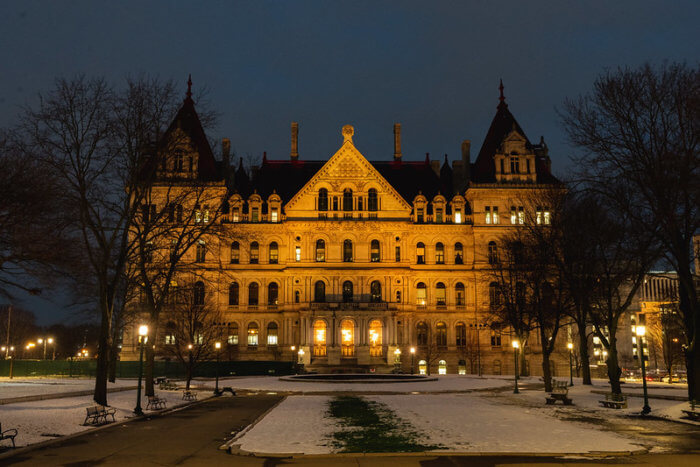
While the governor’s power over the budget process is outsized and exceptional, Hochul will still have to reach a deal with both houses of the legislature. Speaking with reporters after the governor’s speech, Assembly Speaker Carl Heastie agreed with Hochul that the MTA’s health is critical to the New York region and the agency needs money, though wouldn’t comment specifically on the measures except to say they’ll be discussed as Albany hashes out a budget, which is due April 1.
“The MTA needs money,” Heastie said. “So, the two alternatives you have is, either you raise the money that the MTA needs, or you cut services. And as everyone understands, it’s been said before, the MTA is like the artery system of the body of metro New York, and so if we really want to see the city and the metro region come back, we have to have a fully-funded MTA. Now how we get there, that will be part of the budget discussions.”
Like the executive mansion, both houses of the Capitol are firmly in Democratic hands, but that doesn’t mean Hochul is in for a kumbaya session, especially after Senate Democrats rejected the governor’s nominee for Chief Judge, Hector LaSalle, handing her a major embarrassment early in her first full term.
Reps for Senate Majority Leader Andrea Stewart-Cousins did not respond to a request for comment.
